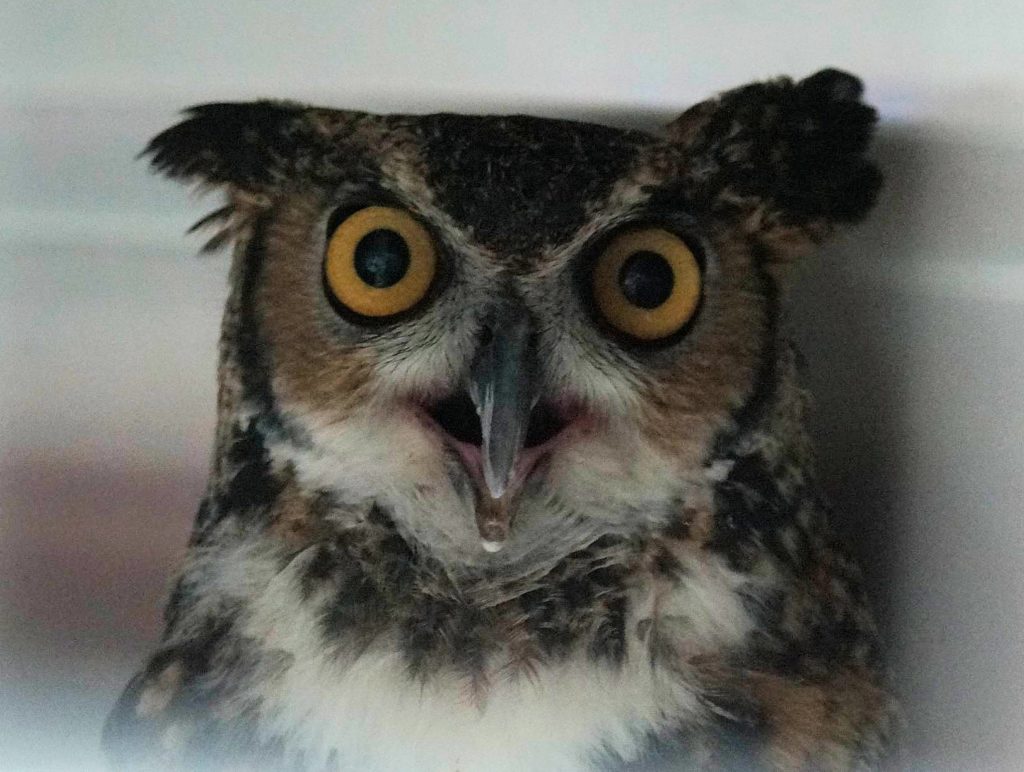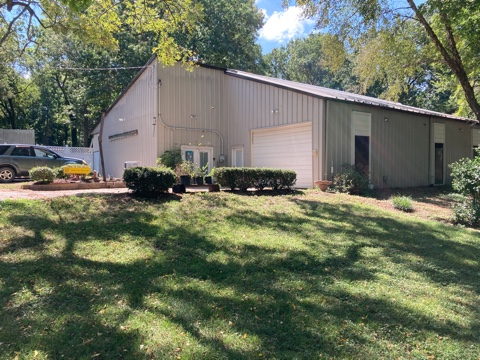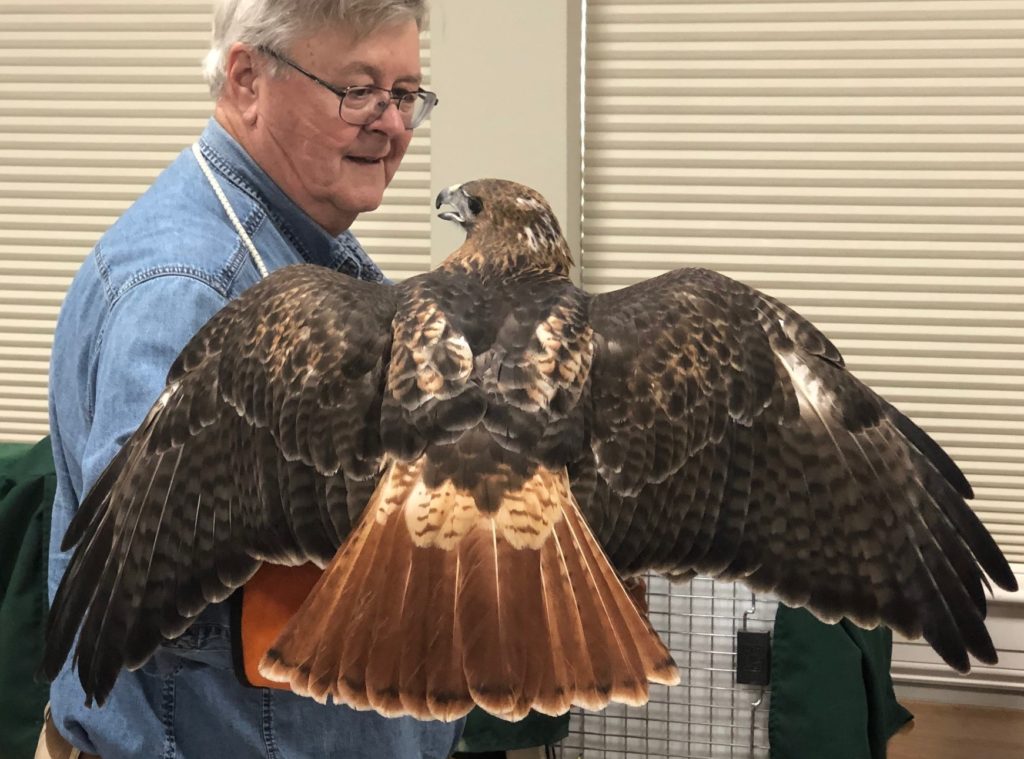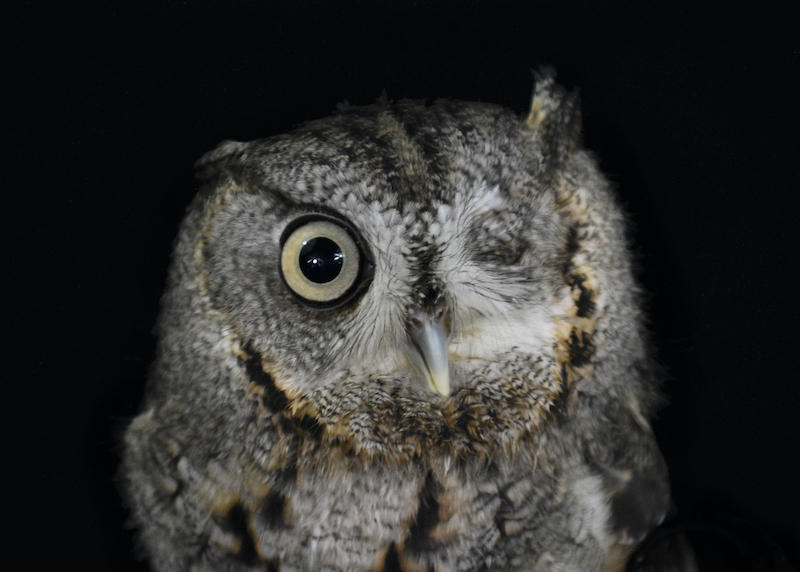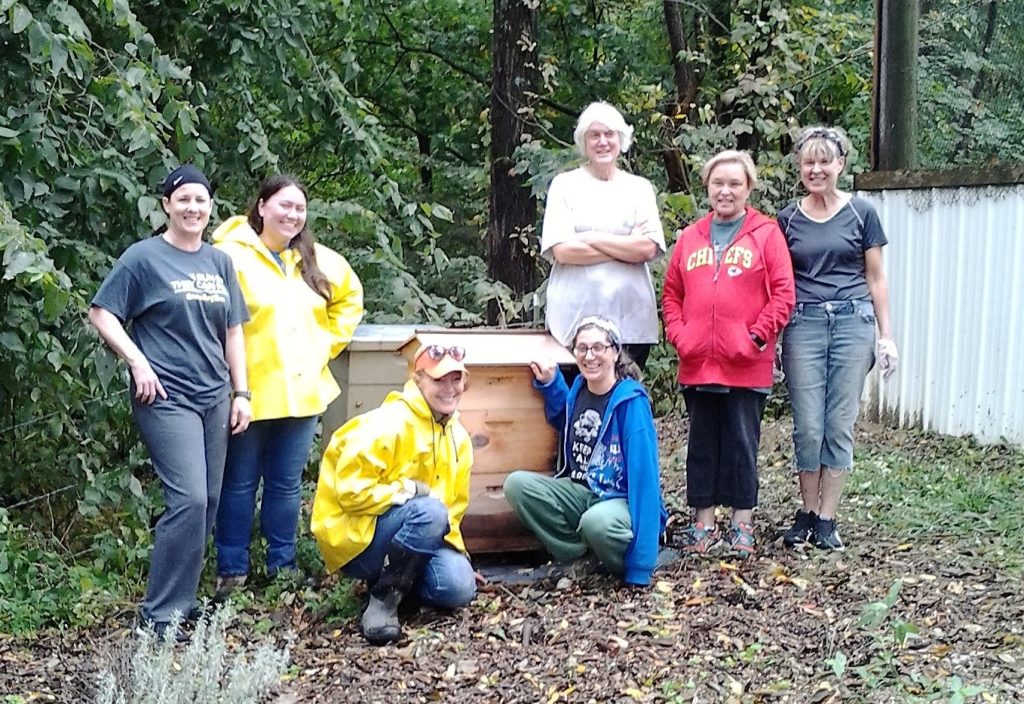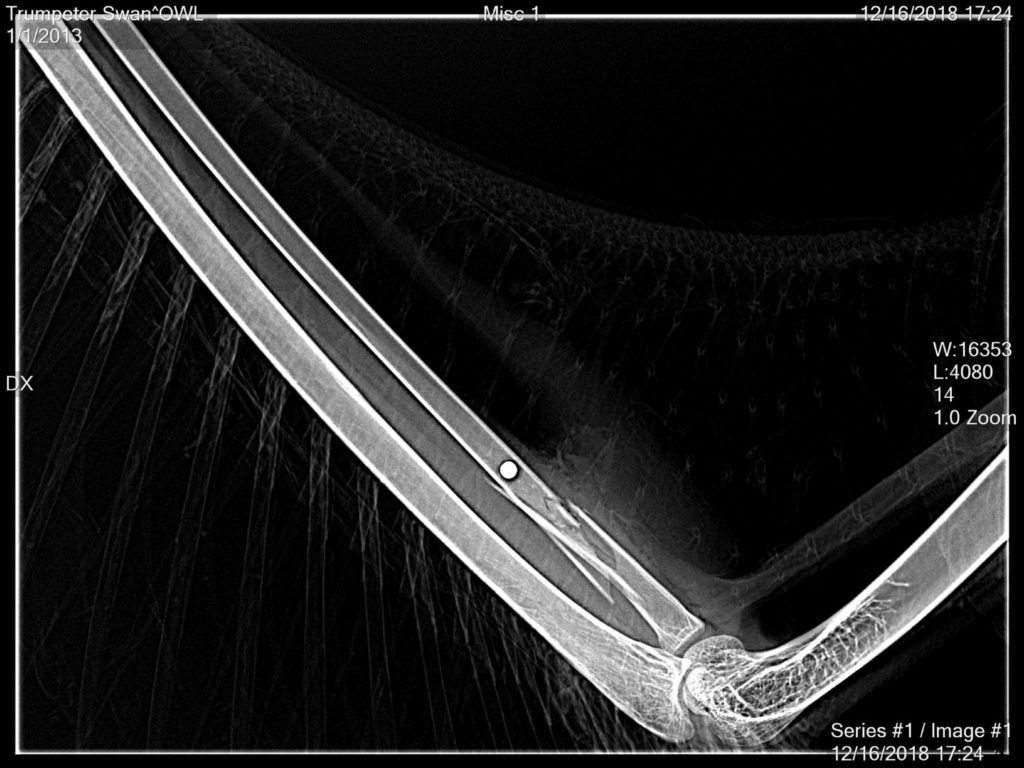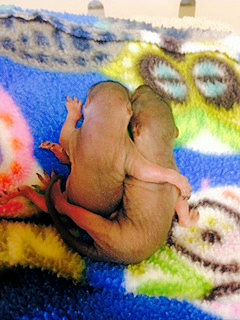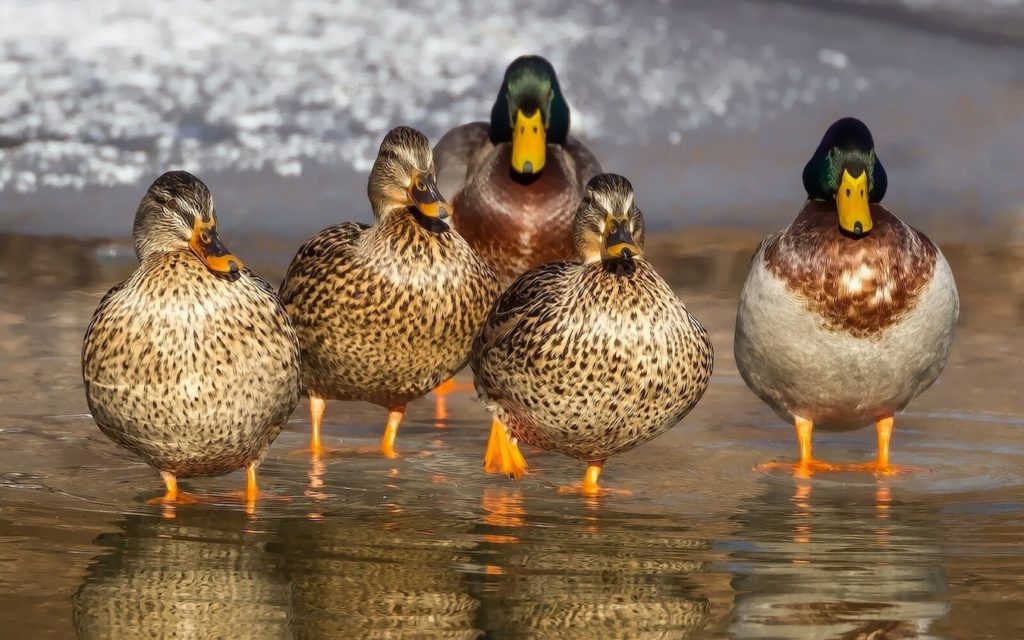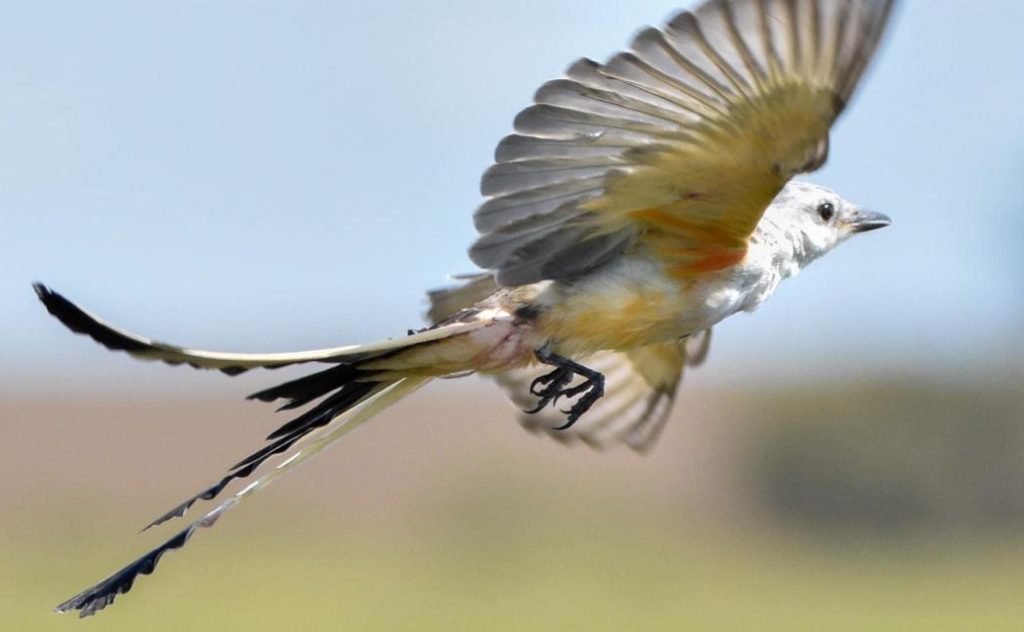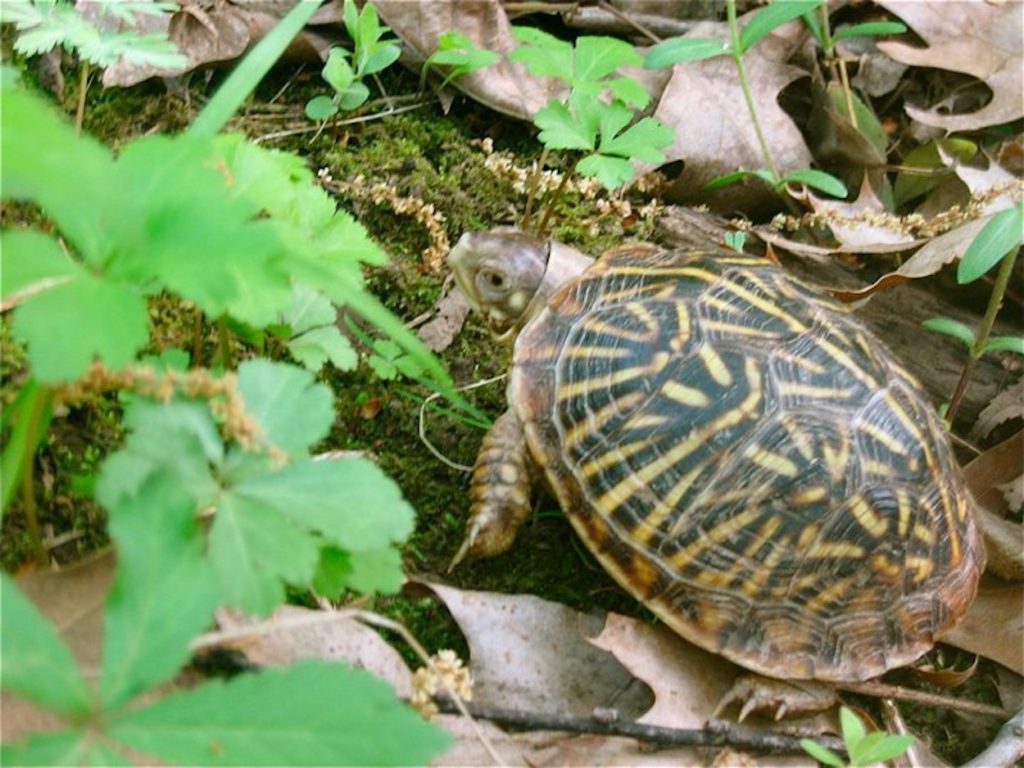About
Groundhogs
Groundhogs and woodchucks are the same species. They are vegetarians and live underground. They eat grasses, clover, dandelions, and other weeds, and vegetation. They are shy and keep to themselves, going to ground when people or pets’ approach.
Groundhogs breed in their second year. The breeding season extends from early March to late April, after hibernation. A mated pair remains in the same den throughout the 32-day gestation period. The male leaves the den as birth of the young approaches, in April or May. One litter is produced annually, usually containing two to six blind and hairless babies. Young groundhogs are weaned and ready to seek their own dens at five to six weeks.
The groundhog you see on your property is most likely a mother with young still in the burrow. Groundhogs are more visible in late October to December as they prepare for winter hibernation. If you want to relocate the animal, spring is the time to do that.
Caught by Pets
Cats
Cats have mouths full of bacteria that can kill an animal in a short time. All animals caught by a cat need to be brought in for medication and rehabilitation, even if you can’t see wounds.
Dogs
If a dog brings you an animal bring it in immediately. Dogs have powerful jaws that can create crushing injuries.
Signs of Injury
If you notice any of these issues, contact OWL as soon as possible:
- Cold and lethargic.
- Covered with fleas, ants, ticks, or flies/flystrike (looks like small clusters of rice anywhere on the animal).
- Dehydrated.
- Has been fed any kind of formula or food.
- Has been in a cat’s or dog’s mouth.
- Broken limb, cuts, or bruises.
- Head tilt.
- Bleeding.
- Unable to stand or move without falling over.
Common Concerns
Groundhogs are also susceptible to the neurological effects of the roundworm parasite. Roundworm infections are often the cause of groundhogs being hit by cars. Since they are used to traffic, when a groundhog gets hit by a car it is highly probable that something else was going on with that animal to make them risk going into a roadway.
Groundhogs and skunks burrow under cement slabs like driveways, patios, and shed foundations. They also like the underside of a porch, wooden or concrete stairs, or anything flat to the ground that will help conceal the front door to their home. The groundhog you see on your property is most likely a mother with young still in the burrow. Groundhogs are more visible in late October to December as they prepare for winter hibernation. If you want to relocate the animal, spring is the best time to do that.
Used cat litter (with urine) poured anywhere near the groundhog’s hole/burrow is very effective in deterring groundhog families from making their home right next to yours. Blood meal around your home or garden, and silver mylar helium balloons often work at deterring groundhogs from specific areas. To be effective, occasionally switch deterrents so that the groundhog doesn’t become accustomed to them.
Groundhogs are susceptible to the neurological effects of the roundworm parasite. Roundworm infections are often the cause of groundhogs being hit by cars. When a groundhog gets hit by a car, it is highly probable that something else was going on with that animal to make them risk going into a roadway. Also, groundhogs living close to major roadways can be so accustomed to cars and traffic that they may lose their fear of them and wander into the street.
Simple chicken wire fencing or a single strand of electrical fence placed six inches off the ground, is usually 100% effective in deterring groundhogs from entering your garden.
The First Treatment for Shock or Injury: Warm, Dark, and Quiet
If you need to bring an animal into OWL, the most important thing you must do is keep it warm and quiet.
Container
Put in a shoebox or other container with several small air holes in the lid and a non-terrycloth towel, fleece cloth, or t-shirt in the bottom. Tape the lid to keep secure.
Adults will need to be contained in a dog or cat kennel.
Heating Pad
If you have a heating pad, set to low and place the box half on/off the pad, so the animal can move away from the heat if needed. OR
Rice Bag
Fill a sock or knee-high pantyhose with uncooked dry rice. Microwave the rice-filled sock for 30 to 60 seconds. This heat source will last about 20 to 30 minutes. Place the rice sock in the container under the towel, and place the animal on or near it, but not directly in contact with the rice sock. OR
Ziploc bag
Fill a Ziploc bag with warm (not hot) water, put it inside another Ziploc bag, and place under the towel next to the animal. The double bag guards against leaks and prevents the animal from getting wet and chilled.
Food/Water
Do not attempt to feed or give anything to drink. The wrong foods can quickly cause enteritis (diarrhea) and death. Keeping the animal warm is more important than feeding it.
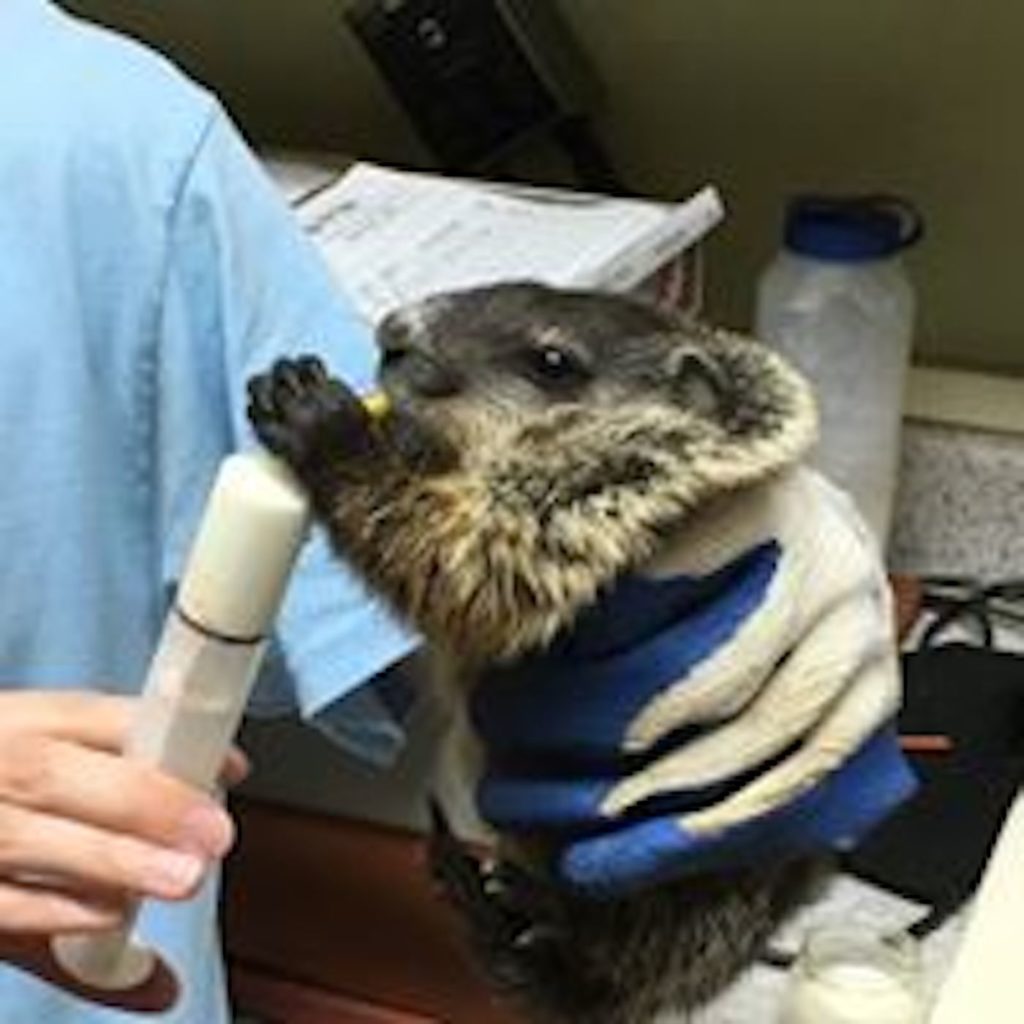
Contact Operation WildLife for help.

